Fable 3 brings a new adventure in the land of Albion and the tried-and-true formula of the series has been experimented with to bring interesting results, to say the least. Players must gather allies and lead a revolution to overthrow your tyrant brother, ultimately assuming the royal duties in the process. The decisions and interactions in Fable 3 have all been streamlined for accessibility but that does not necessarily mean it is a good thing entirely. Do your actions have gravitas in the story centric plot? Or were Molyneux’s ambitions just simply too high to reach?
Fable III Review
Developer: Lionhead Studios
Price: $60.00
Platform: Xbox 360 (reviewed)
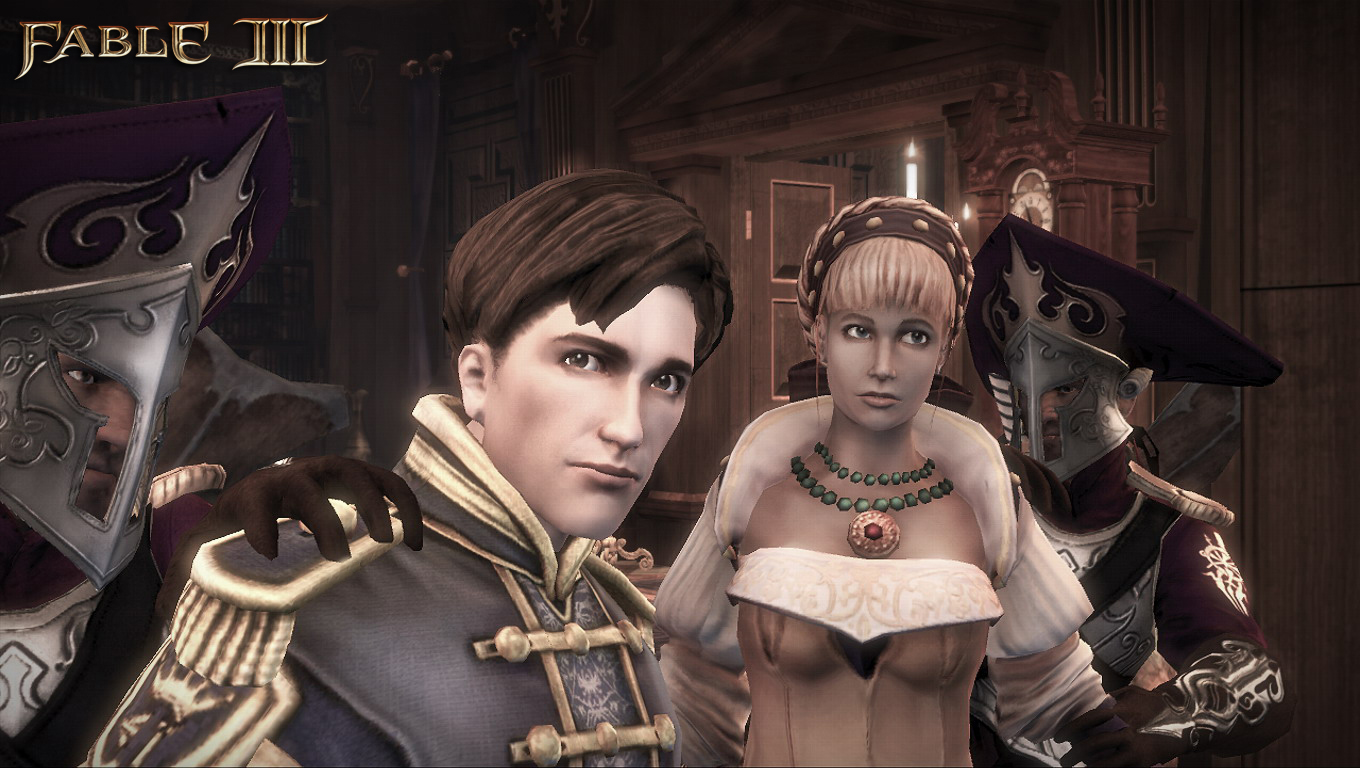 The land of Albion has changed in Fable 3, remarking the transition to an industrial period where societal problems such as child labor, factory conditions, and class struggles plague the sprawling urbanscape. One look at the ills of Bowerstone and you realize that it is a kingdom that needs a savior. These themes set into place the role of your character, the son or daughter of the previous Fable hero. Being of such stature casts a demanding purpose – go against your brother and fulfill the destiny of which you born into. It’s not entirely black and white yet the way your decisions are presented, you might as well go into it with a good or evil mentality.
The land of Albion has changed in Fable 3, remarking the transition to an industrial period where societal problems such as child labor, factory conditions, and class struggles plague the sprawling urbanscape. One look at the ills of Bowerstone and you realize that it is a kingdom that needs a savior. These themes set into place the role of your character, the son or daughter of the previous Fable hero. Being of such stature casts a demanding purpose – go against your brother and fulfill the destiny of which you born into. It’s not entirely black and white yet the way your decisions are presented, you might as well go into it with a good or evil mentality.
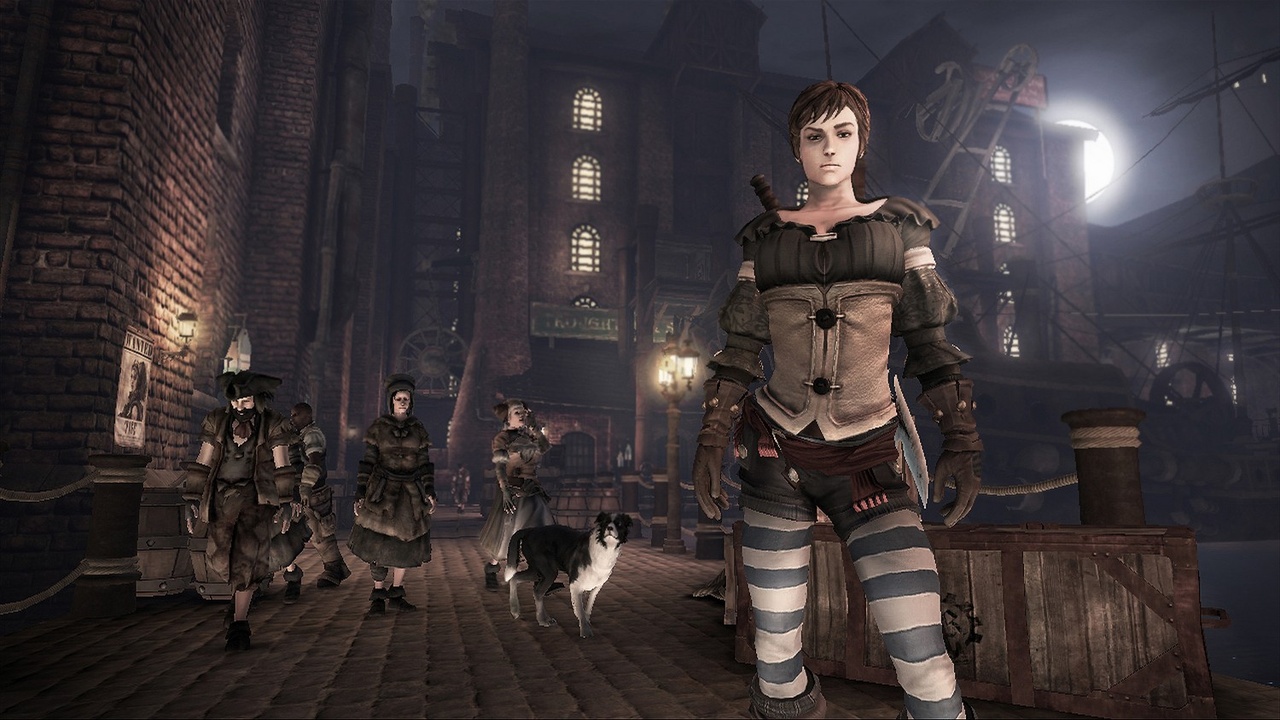 Staple game elements from the previous Fable games return amidst certain design changes. The expressions engine has been simplified to interactions with one character only. The interactions largely consist of befriending villagers and townsfolk but it always ends with some contrived fetch, point A to point B sidequest that’s really tedious and boring. Quests are occasionally humorous and showcase the game’s humor laden writing. Over time, I found myself reenacting a famous playwright’s scene, rounding up chickens in ridiculously comical chicken attire, or taking a role in a come to life game of Dungeons and Dragons. However, the general tendency of the objectives stay nearly linear despite the attention paid towards your choices and consequence. Hence, the breadcrumb trail serves as the recurring example to the simplistic feel of Fable 3. It comes off as too simple, ultimately to its detriment, as the new menu presentation requires you to prioritize one quest for the breadcrumb trail to function, leading to times of frustration when attempting to manage multiple quests at once.
Staple game elements from the previous Fable games return amidst certain design changes. The expressions engine has been simplified to interactions with one character only. The interactions largely consist of befriending villagers and townsfolk but it always ends with some contrived fetch, point A to point B sidequest that’s really tedious and boring. Quests are occasionally humorous and showcase the game’s humor laden writing. Over time, I found myself reenacting a famous playwright’s scene, rounding up chickens in ridiculously comical chicken attire, or taking a role in a come to life game of Dungeons and Dragons. However, the general tendency of the objectives stay nearly linear despite the attention paid towards your choices and consequence. Hence, the breadcrumb trail serves as the recurring example to the simplistic feel of Fable 3. It comes off as too simple, ultimately to its detriment, as the new menu presentation requires you to prioritize one quest for the breadcrumb trail to function, leading to times of frustration when attempting to manage multiple quests at once.
Speaking of which, the menu redesign into a virtual dressing room is by far the biggest change to Fable 3. In execution, it’s essentially a hub world. The Sanctuary holds a dressing room, armory, trophy room, and a place to launch into the online feature of the game. Additionally, the central hub consists of a map where you can track quests, real estate, and quick travel to various locales. It’s a mixed bag of produce; it essentially streamlines the interface where I wouldn’t necessarily have to flow through countless menu screens but it also doesn’t make activities like pulling up quest notes or a map location all the more accessible. Coupled with this, the upgradability in Fable 3 is designated to a mystical universe called “Road to Rule” where players can traverse through sections and purchase new abilities and improvements for your character. Experience garnered through guild seals is used as currency to unlock treasure chests along the path. It serves as a focal point for the player’s progression in the story, weaving in central plot points with the passing of each gate. Ultimately, it’s a neat way to track how far along you are in the storyline.
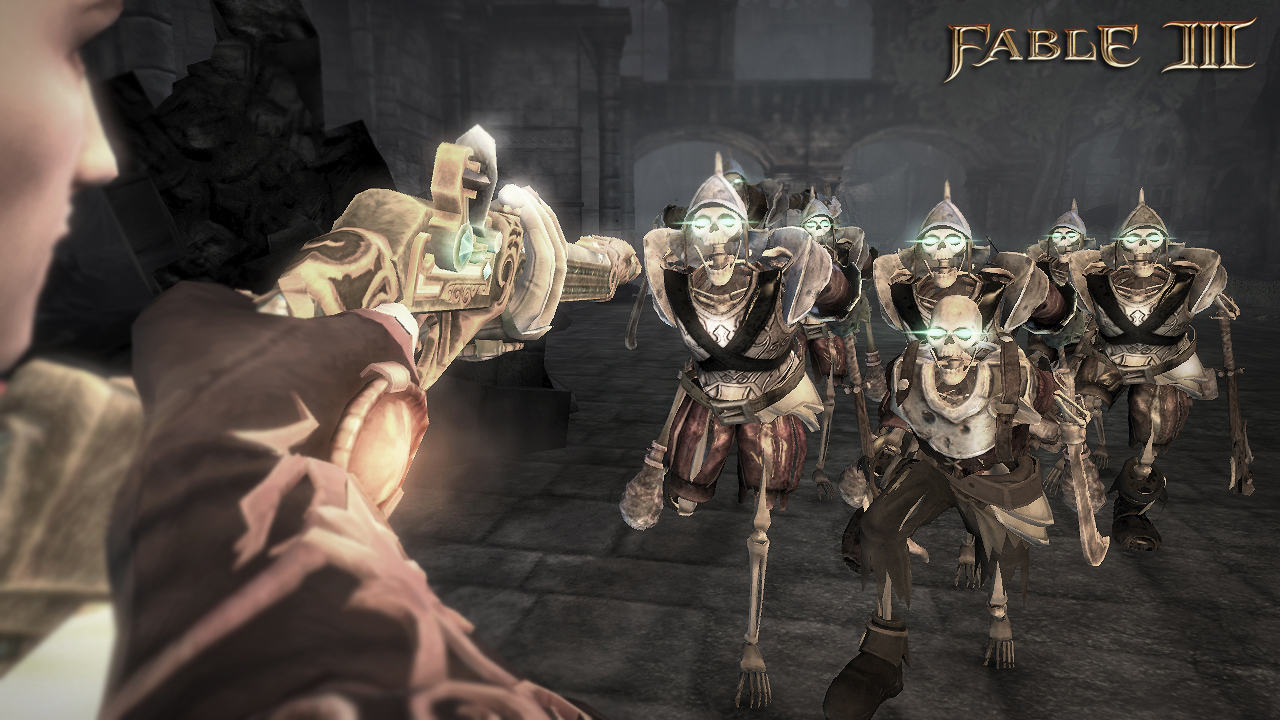 Combat continues in the form of the one button commands for each type of attack (be it melee, ranged, or magic). Weapons morph to suit one’s play style, though it remains vague at best how exactly it occurs. I found that my penchant for treasure hunting imbued my sword with a bone-like handle yet the upgrade appeared minimal aside from the aesthetic change. Although, I found some of the new abilities useful like the capability to mix and match combinations of spells. Enemy encounters are where the core gameplay begins to falter, suffering from crippling technical bugs such as slowdown and horrid animations. Fable 3 comes off as a game that could have used more time in the QA department. Combat emphasizes either skillful choreography or a resilience to press button commands as the game has no problem throwing waves of enemies at you and, later on, ramping up the difficulty with waves of stronger foes. The absence of a damage bar or, more so, an on screen HUD makes it difficult to determine if your attacks are significantly damaging towards your opponent or if you’re just fighting aimlessly just to survive at the end.
Combat continues in the form of the one button commands for each type of attack (be it melee, ranged, or magic). Weapons morph to suit one’s play style, though it remains vague at best how exactly it occurs. I found that my penchant for treasure hunting imbued my sword with a bone-like handle yet the upgrade appeared minimal aside from the aesthetic change. Although, I found some of the new abilities useful like the capability to mix and match combinations of spells. Enemy encounters are where the core gameplay begins to falter, suffering from crippling technical bugs such as slowdown and horrid animations. Fable 3 comes off as a game that could have used more time in the QA department. Combat emphasizes either skillful choreography or a resilience to press button commands as the game has no problem throwing waves of enemies at you and, later on, ramping up the difficulty with waves of stronger foes. The absence of a damage bar or, more so, an on screen HUD makes it difficult to determine if your attacks are significantly damaging towards your opponent or if you’re just fighting aimlessly just to survive at the end.
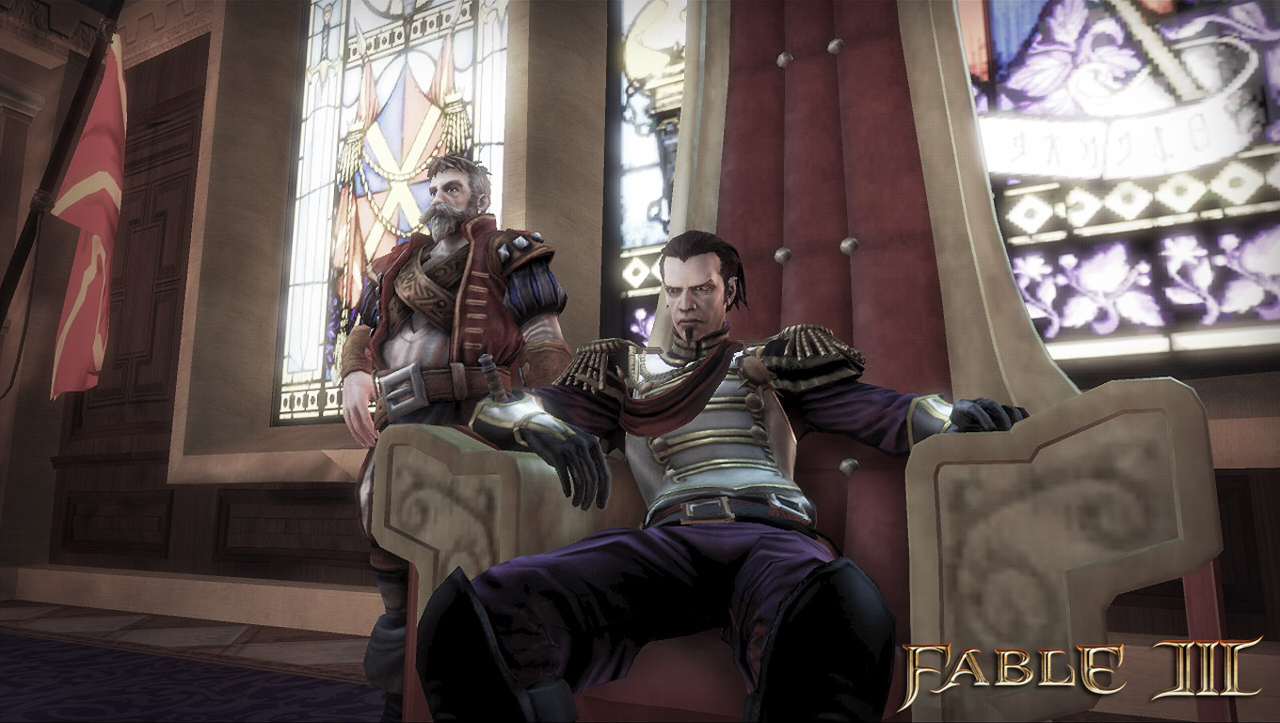 The last half of the game displays Fable 3’s ability to depart from the rest of the series but left me with remorse at the confounding design decisions in its execution. It’s no secret that over the course of the story, the player is building alliances to overthrow your tyrant brother. Once you become king, the game throws a complete twist at you and doesn’t give you much of a turnaround time for your decisions leading to the endgame. It’s essentially the point of no return. There is profound decision making aspects here in the king phase but not as fleshed out as I would have wanted. For example, to ameliorate the social poverty in Bowerstone would require the remodeling of an orphanage – depleting the treasury – or the option to build a brothel instead, reaping 1.5 million gold. The choice is really upsetting for “good” players but the fact that is confined to that black and white mentality demonstrates a one-way ride to the end. This added responsibility eclipses the rest of the game, leaving the player to focus attention and resources wholly on the impending dilemma that faces you. You can’t stop it.
The last half of the game displays Fable 3’s ability to depart from the rest of the series but left me with remorse at the confounding design decisions in its execution. It’s no secret that over the course of the story, the player is building alliances to overthrow your tyrant brother. Once you become king, the game throws a complete twist at you and doesn’t give you much of a turnaround time for your decisions leading to the endgame. It’s essentially the point of no return. There is profound decision making aspects here in the king phase but not as fleshed out as I would have wanted. For example, to ameliorate the social poverty in Bowerstone would require the remodeling of an orphanage – depleting the treasury – or the option to build a brothel instead, reaping 1.5 million gold. The choice is really upsetting for “good” players but the fact that is confined to that black and white mentality demonstrates a one-way ride to the end. This added responsibility eclipses the rest of the game, leaving the player to focus attention and resources wholly on the impending dilemma that faces you. You can’t stop it.
I invested a bit of time in beginning with local co-op multiplayer but while it’s improved from the previous Fable game, it’s a feature that solely exists to expand on the playability of Fable 3. It has a drop-in and out feature that legitimizes its casual friendly nature. In the online spectrum, players can join each others gameworld and interact with one another, giving gifts and etc. Although, I personally find it hard to invest that much time with a partner but to each their own. Fable 3 performs competently as a solo experience and it would be difficult to persuade me that multiplayer is a fundamental experience to the overall game.
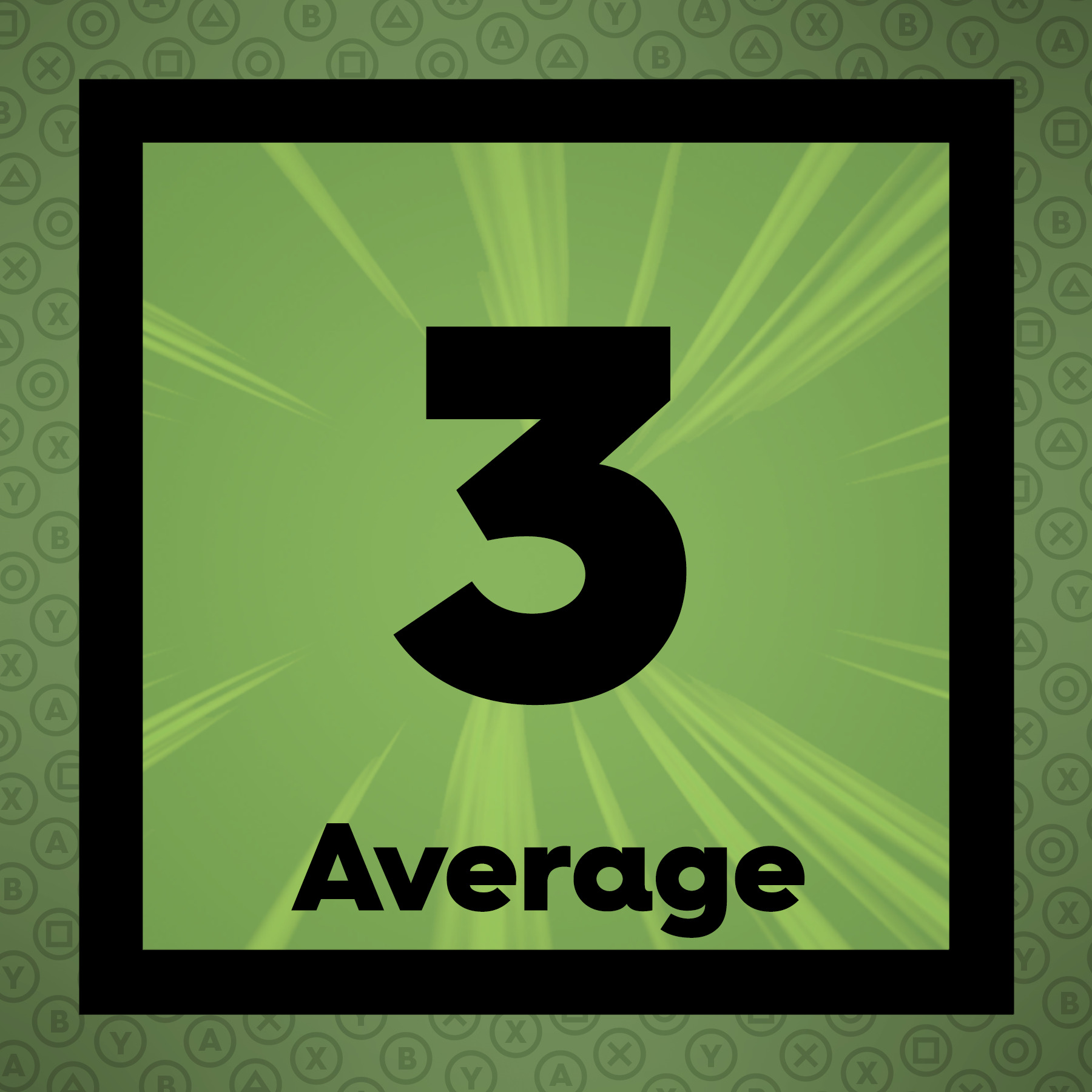
The Final Word
Fable 3 introduces a new dimension to its ever transforming gameplay but it’s still held back by its ambitious attempt to fully streamline an already simplistic role playing game rather than just rework a few troublesome design flaws and and technical glitches. It was an interesting experience revisiting the world of Albion once more but not again for a second time.
– MonsterVine Rating: 3 out of 5 – Average

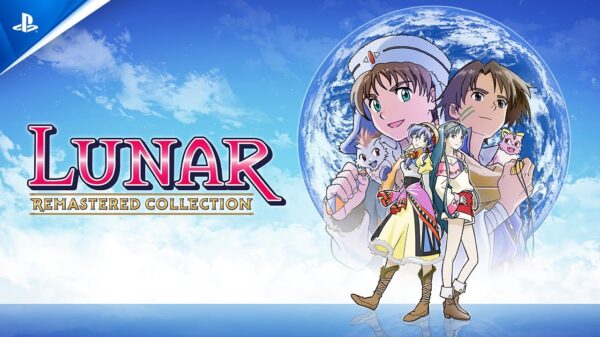
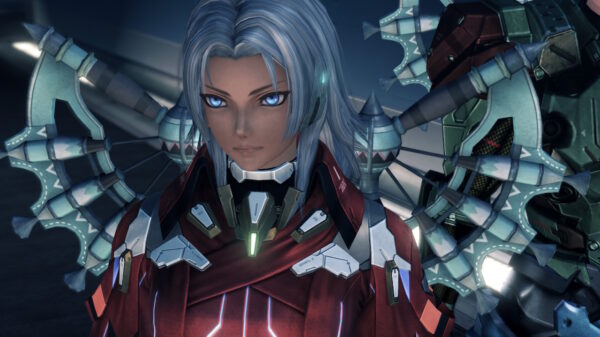
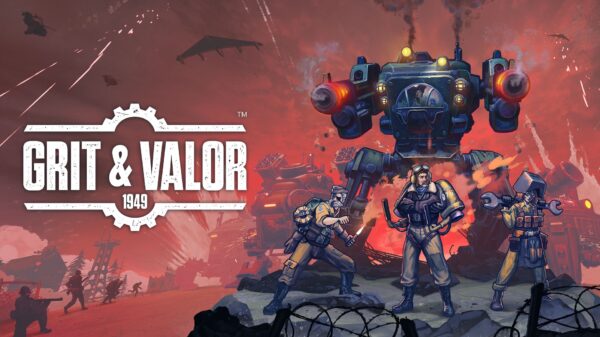

















































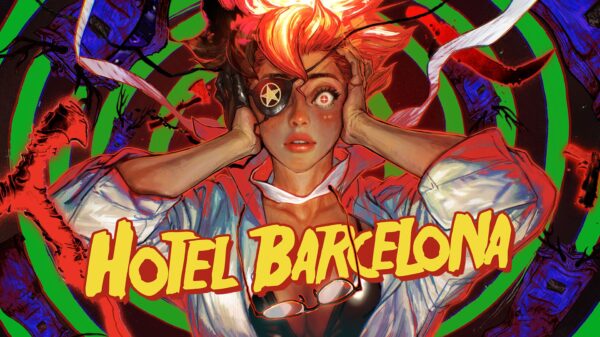



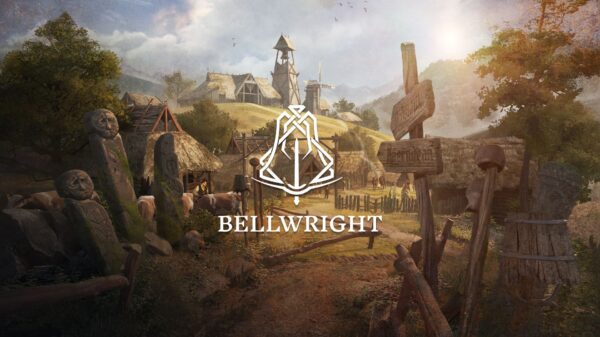



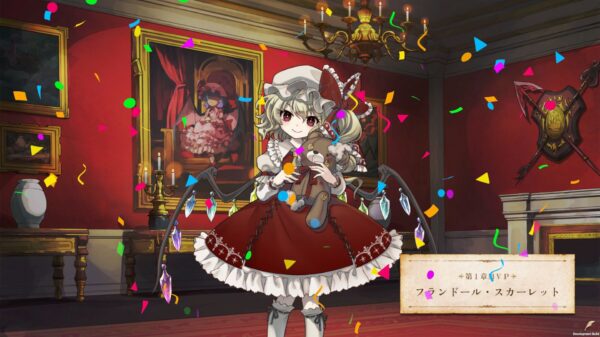
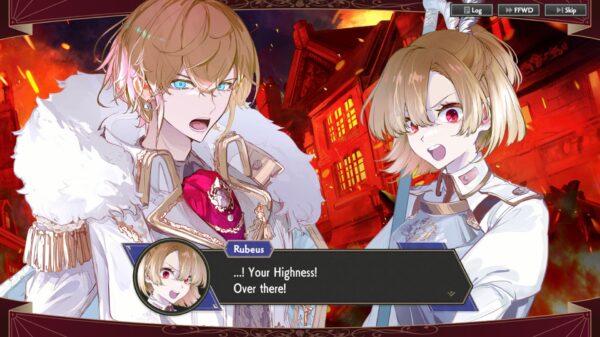



































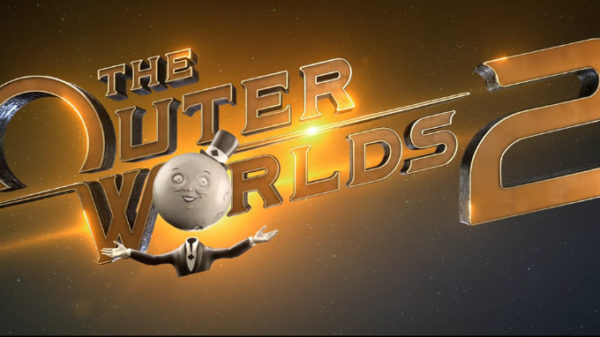

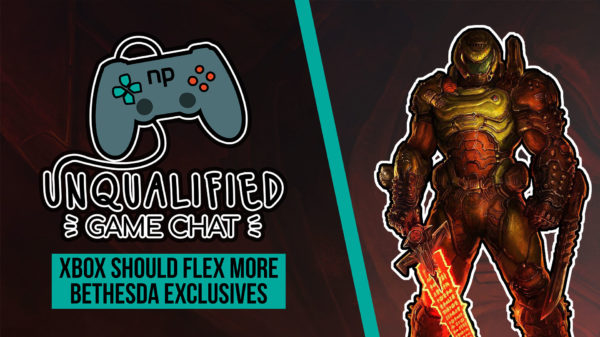

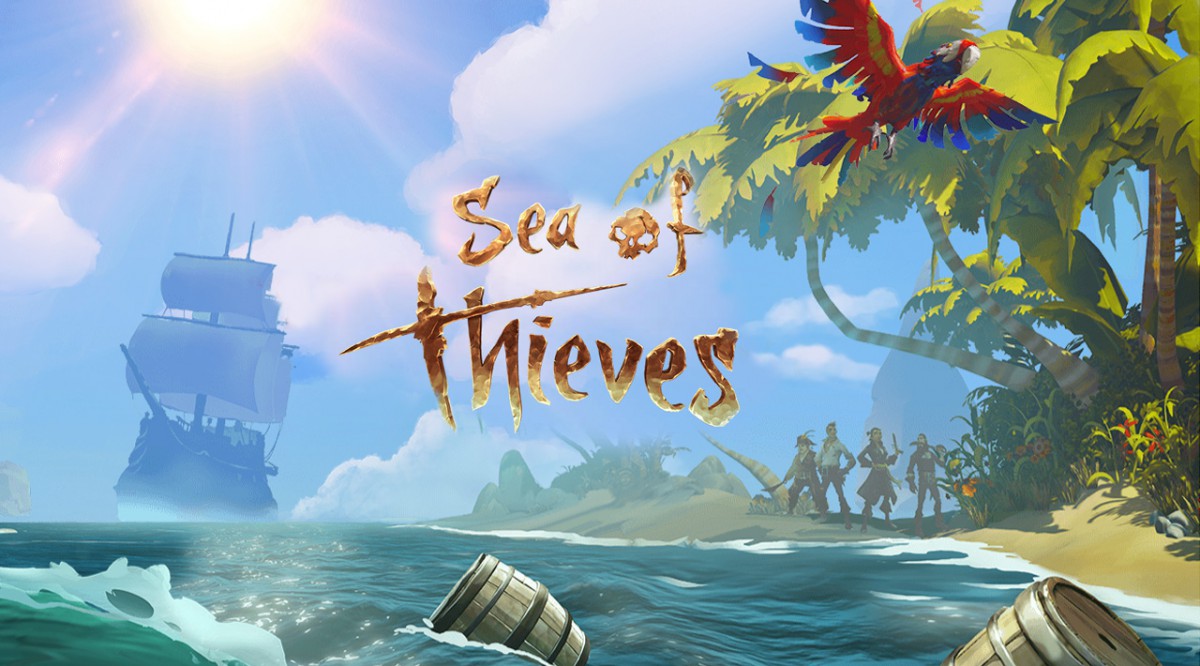

Pingback: Car GPS Trackers | GPS Tracking Frequency Of Updates
Jackie
November 16, 2010 at 12:01 am
Hands-down agree. These reflect my feelings very thoroughly as I was going through Fable III. And I’m not even finished. I have hardly gone halfway but I’ve played my friend’s end-game stage too. I enjoyed the game for its quips and quibbles but not much beyond that.
William Saw
November 16, 2010 at 12:58 pm
The fact that it all comes down to a currency issue in the endgame just really ruined what potential this game could have been. It could have taken so many factors of ruling but you end up doing the same linear quests as you’ve done before and it just doesn’t work.
Pingback: Fable 3 | Game Glist